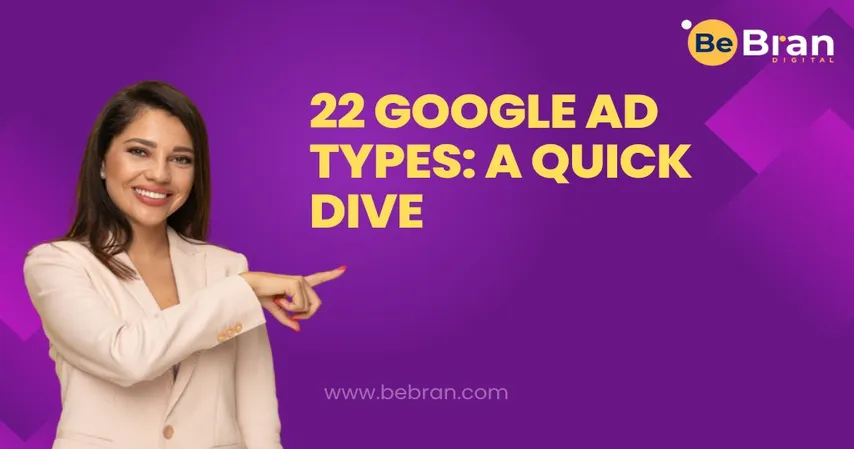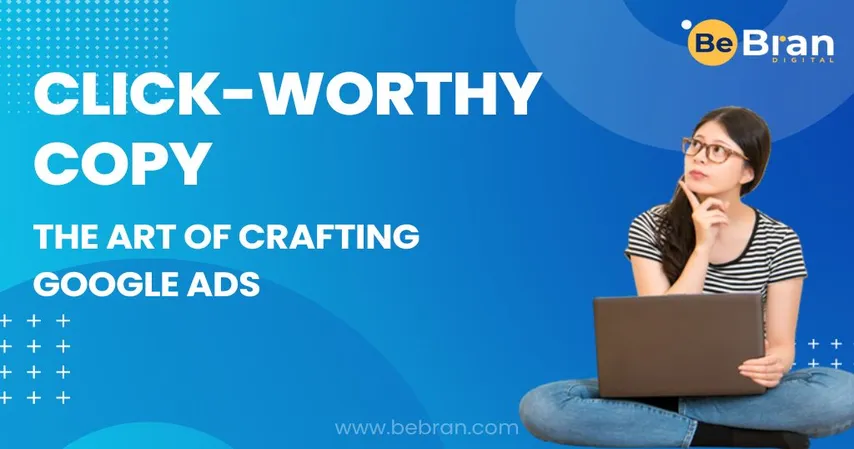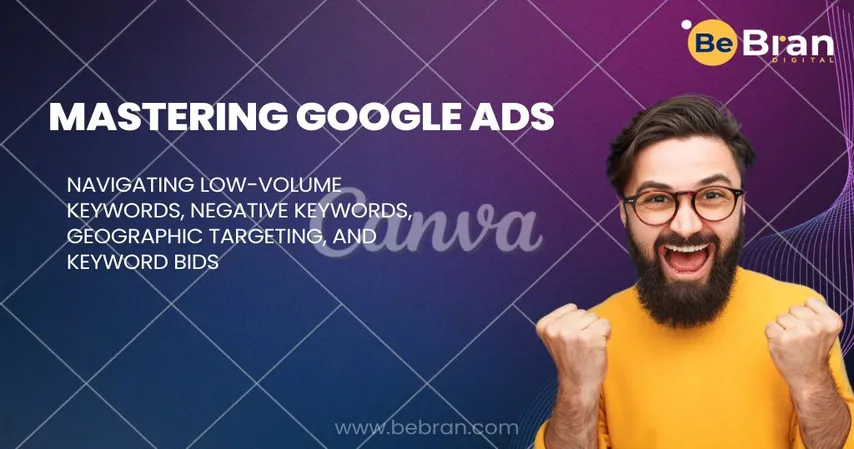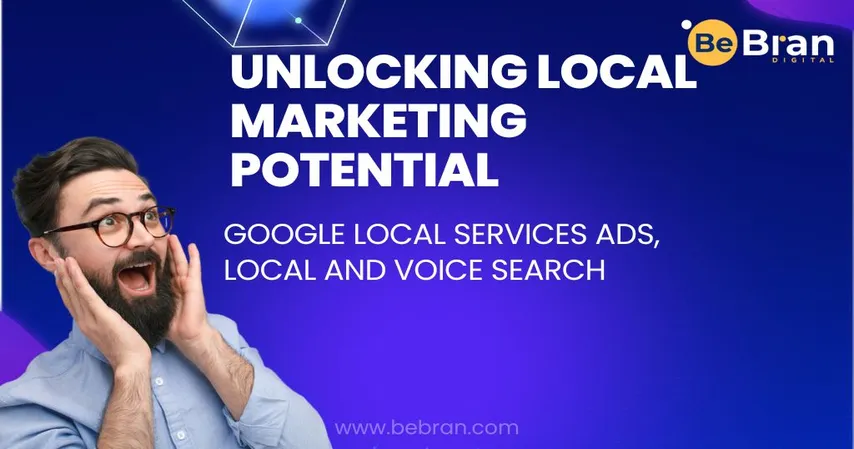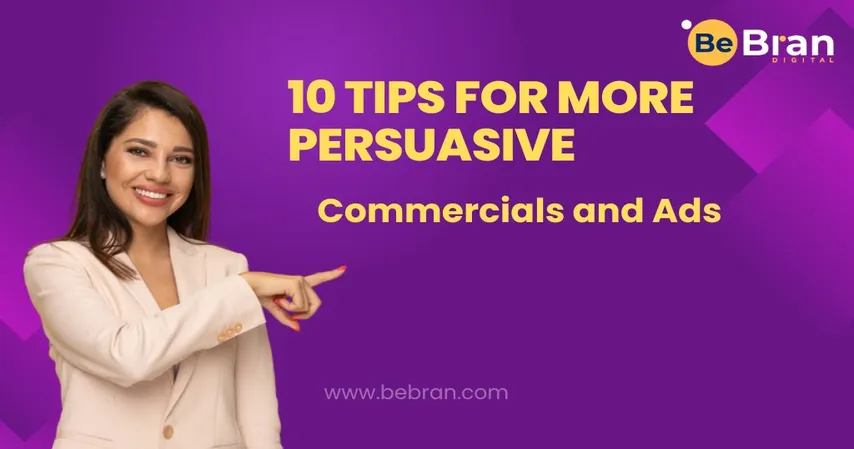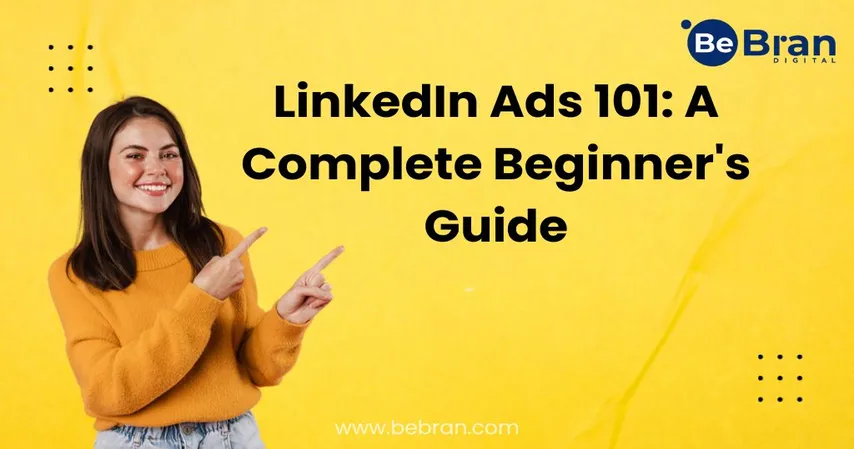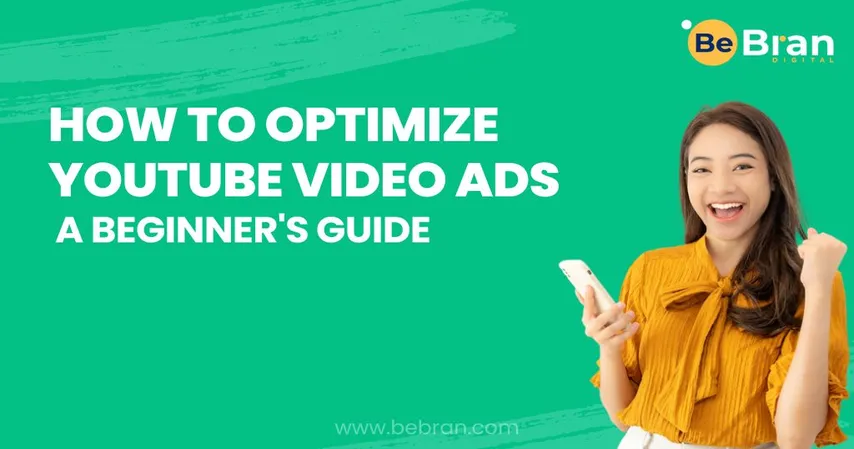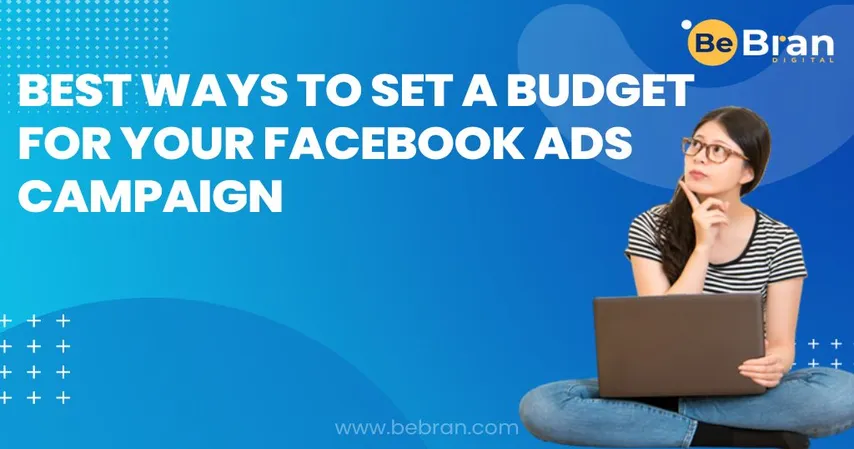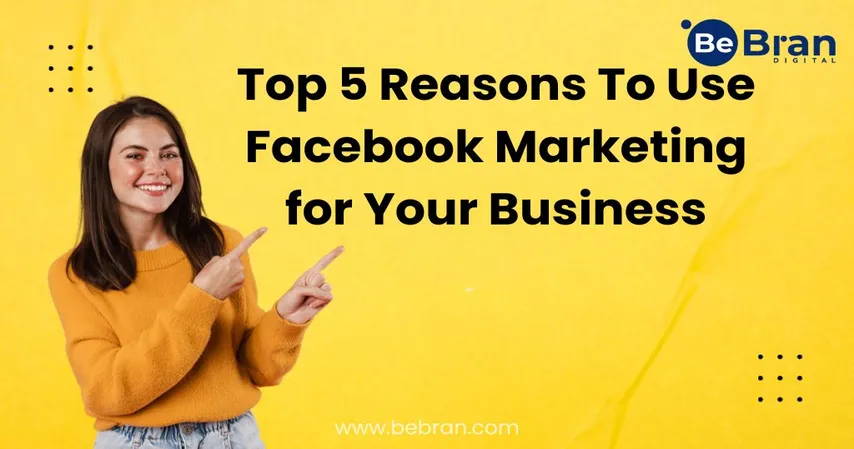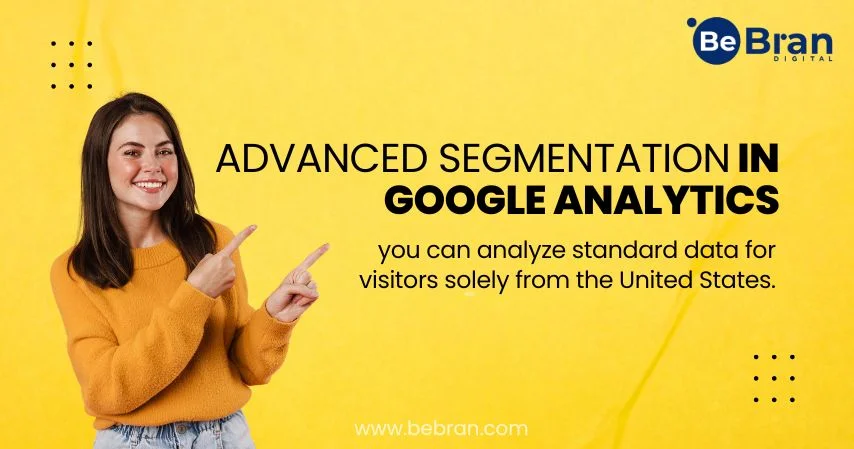Smart Bidding is a powerful feature within Google Ads that leverages machine learning to optimize your bidding strategy. It's designed to help you get the most out of your advertising budget by automatically adjusting your bids in real-time based on various signals.
With Smart Bidding, you can set specific campaign objectives, such as maximizing conversions, increasing conversion value, or targeting a specific return on ad spend (ROAS). The system then evaluates numerous factors like user location, device type, time of day, and more to determine the optimal bid for each ad auction.
This automated approach not only saves you time but also enhances the efficiency of your campaigns. Smart Bidding allows your ads to adapt quickly to changing market conditions, ensuring that your budget is invested where it matters most to achieve your desired outcomes. It's a data-driven, intelligent way to maximize the impact of your advertising efforts.







